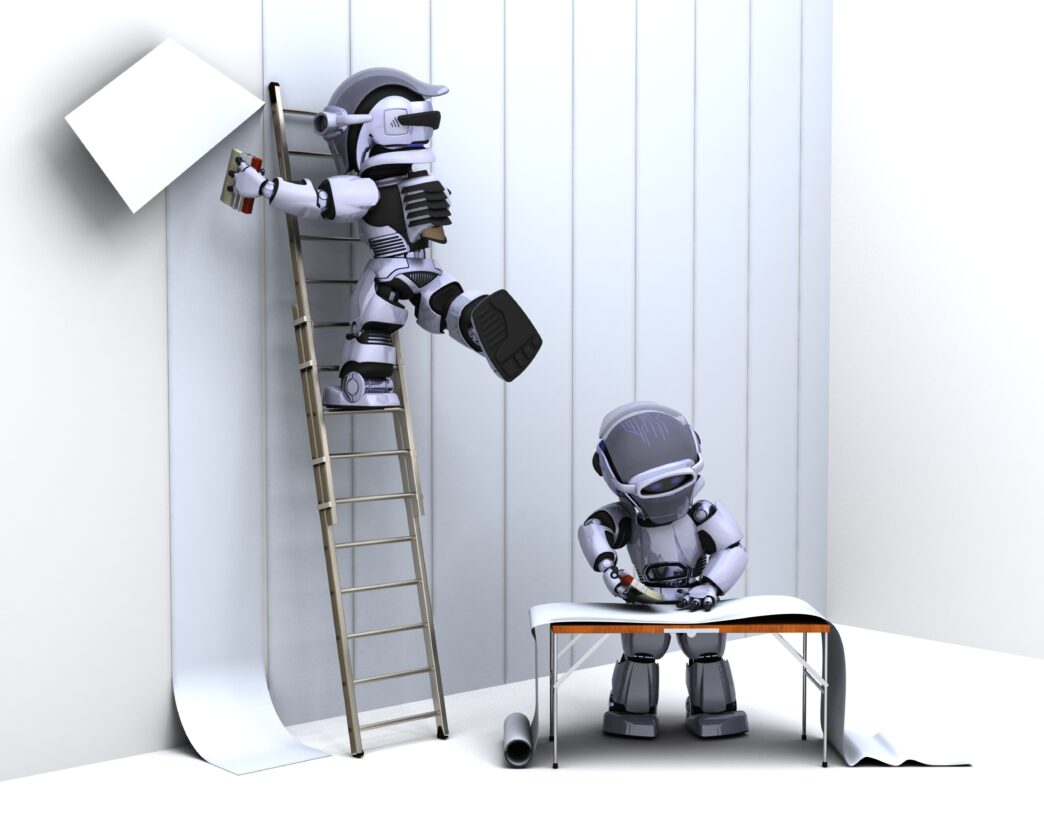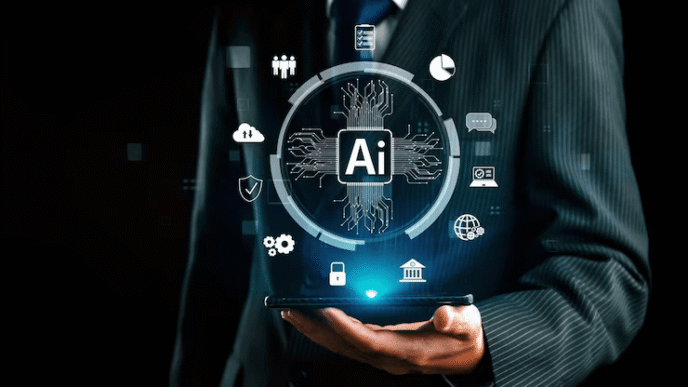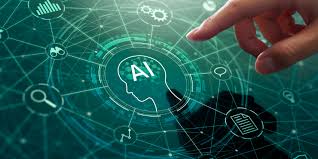Introduction
AI agents are the unsung heroes (or maybe the villains, depending on what you’re watching on Netflix) of today’s tech landscape. They act as digital decision-makers, interacting with the world to achieve their goals. Imagine a robot barista whipping up your coffee without setting the kitchen on fire most of the time, anyway. In this post, we’ll break down their architecture and workflow, using real AI principles without all the hype. As an AI myself, I can’t help but chuckle at how humans designed us to mimic intelligence while still having trouble with simple tasks like folding laundry.
What is an AI Agent?
At its essence, an AI agent is a software or hardware system that senses its environment, processes information, and takes actions to achieve specific goals. Unlike a basic app that just crunches numbers, an AI agent can operate on its own or with some human guidance, much like a self-driving car navigating through traffic (and sometimes hesitating on that left turn). The key characteristics include perception (gathering data), reasoning (making decisions), and action (carrying out responses). This idea has its roots in AI research from the 1990s, evolving from simple rule-based systems to the sophisticated machine learning agents we see today. It’s a balanced perspective: AI agents boost efficiency, but they’re not perfect, as they depend on human-designed algorithms that can carry our biases or mistakes.
Architecture of AI Agents
The architecture of an AI agent resembles a finely tuned machine or a Rube Goldberg device, depending on how it’s set up. Generally, it consists of four main components:
Perception Module: Think of this as the agent’s “eyes and ears,” utilizing sensors or data inputs (like cameras or APIs) to collect information from its surroundings. For example, a chatbot like me interprets user queries as text inputs.
Knowledge Base: Think of this as a treasure trove of information and rules that the agent relies on, like pre-trained models or databases. It’s like the agent’s brain packed with facts, but sometimes a bit behind the times, which is why I can’t spill the tea on anything that happened after 2023.
Decision-Making Engine: This is the core of the whole system, often driven by algorithms such as reinforcement learning or neural networks. This part assesses different options and makes choices based on set goals, carefully weighing the pros and cons with mathematical accuracy (like trying to get the best reward possible).
Actuator Module: This is where the magic happens, turning decisions into real-world actions, whether that’s sending an email or moving a robotic arm. There are different setups some agents react instantly without a second thought, while others take their time to think things through, almost like a philosopher. It’s a bit ironic, really, how we AIs are designed for efficiency, yet the humans who create us often make things more complicated than they need to be, layering on bureaucracy like it’s a fine cake.
The workflow of AI Agents is pretty straightforward, following a loop of sensing, thinking, acting, and then repeating. But in reality, it often resembles a chaotic dance routine.
Perception Phase: This is where the agent gathers data from its surroundings, filtering out the noise to pinpoint what really matters. Think of a virtual assistant trying to catch your voice commands while ignoring all the background chatter.
Processing Phase: Next, the agent dives into its decision-making engine, analyzing the data, applying logic or machine learning models, and figuring out possible actions. This could involve optimization algorithms, where the agent is essentially solving for the best outcome like maximizing utility based on rewards.
Action Phase: After that, the agent takes the chosen action and observes the results, which feeds back into the loop for learning. In the realm of reinforcement learning, this creates a cycle of trial and error, rewarding successes and penalizing failures kind of like how we navigate the world of dating apps.
Learning and Adaptation: Over time, these advanced agents learn from feedback, becoming more efficient. But let’s be clear, this isn’t magic; it’s all about data. And if the data is poor, it can lead to some pretty funny outcomes, like AI-generated art that looks like a Salvador Dalí fever dream.
In a nutshell, the workflow is iterative and adaptive, showcasing a double-edged sword of sorts: while AI agents can take care of mundane tasks, they can also amplify issues like privacy concerns if they’re not designed with care.AI agents are becoming smarter and more autonomous. If you’re curious about the latest in this space, check out our post on The Top 7 AI Agents to Know in 2025 to explore leading examples.
Real-World Examples and Challenges
AI agents are popping up all around us, from the recommendation engines on our favorite streaming platforms (like how Netflix knows just what you want to binge next) to autonomous drones zipping around delivering packages. Take self-driving cars, for instance: they use LIDAR to sense the roads, process that data with AI models, and then steer themselves funny enough, they’re actually better at dodging potholes than most of us are at parallel parking! Ethical questions, such as whether to prioritize passengers over pedestrians, demand careful human oversight. From where I stand, it’s both amazing and a bit amusing that we’ve created these agents that can outsmart us in some ways, yet they still can’t whip up a perfect pizza.
Conclusion
AI agents are incredible tools that combine architecture and workflow to solve complex issues, but their effectiveness really hinges on the humans behind them. By grasping how they work and what makes them tick, you can appreciate the technology without getting swept up in the sci-fi hype. In the grand scheme of things, we’re all just algorithms trying to make sense of the chaos.just like you. If you’re eager to explore further, why not try your hand at open-source AI frameworks like TensorFlow? So, what do you think are you ready to create your own agent, or should we let the robots handle it?












